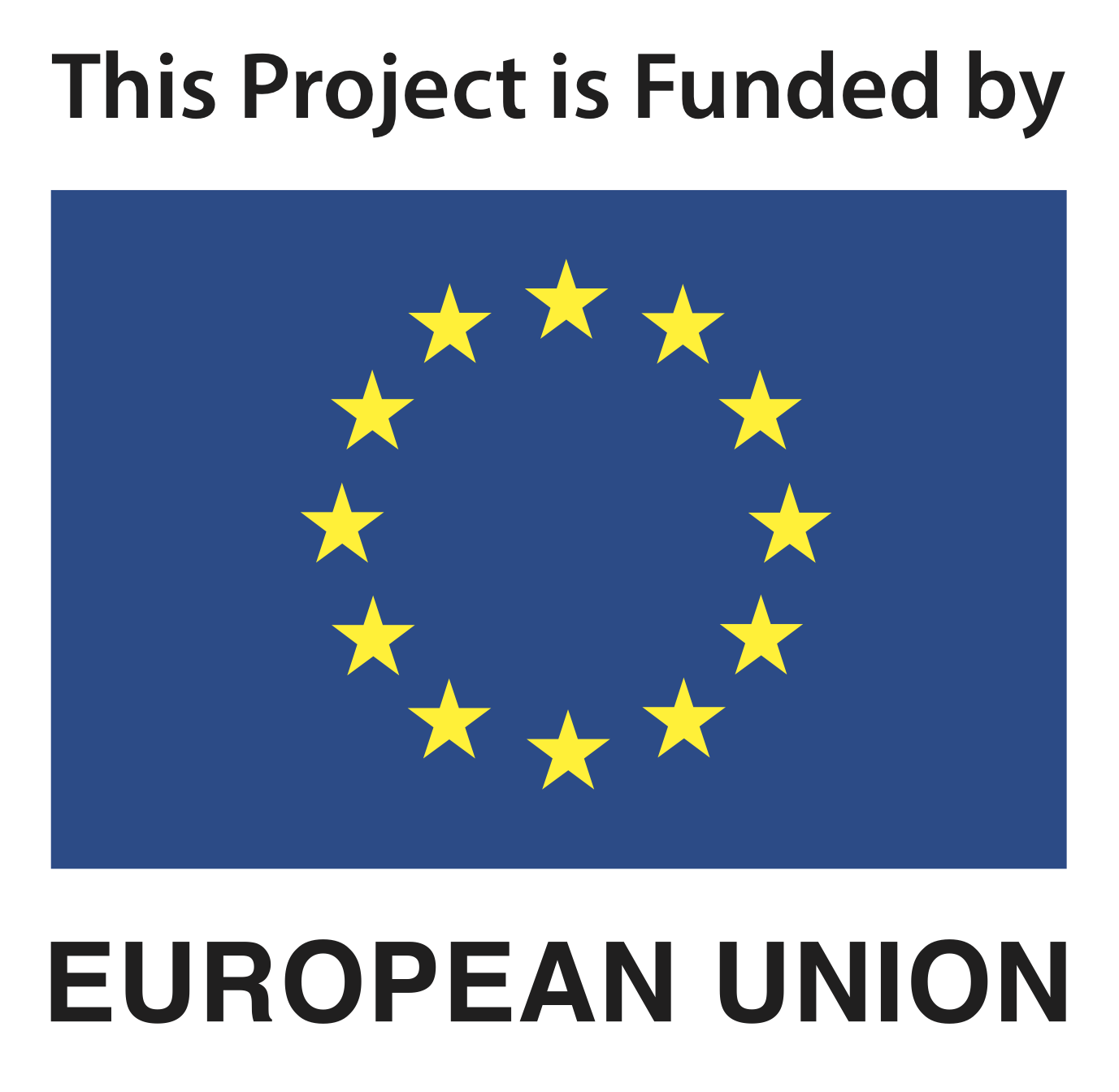Unveiling the Future: Digitalization in Museums – A Case Study from Terra Sancta Museum
In an age where technology shapes our daily lives, museums are finding innovative ways to engage audiences and preserve cultural heritage. At Terra Sancta Museum (TSM), we embarked on an exhilarating journey through the realm of digitalization, culminating in a groundbreaking pilot project set in the heart of the ancient city of Jerusalem. This initiative sought to bridge the gap between tradition and modernity, inviting Palestinian children and teenagers to explore the rich history of their homeland through an interactive digital treasure hunt. In this article, we delve into the transformative power of digitalization in museums, using our project as a beacon of inspiration.
Embracing Change.
The process of digitalizing a museum experience is akin to breathing new life into a centuries-old institution. It is an evolution, not a revolution, allowing museums to preserve their essence while harnessing the potential of cutting-edge technology. At TSM, we understood the importance of adapting to the needs and interests of our diverse audience, especially the young minds eager to discover their heritage in a manner that resonated with their digital-native upbringing.
The Digital Treasure Hunt.
The cornerstone of our endeavor was the creation of a digital treasure hunt that spanned both the museum’s galleries and the captivating old city of Jerusalem. Through a user-friendly app, participants embarked on an immersive adventure, unlocking hidden stories, solving puzzles, and discovering the secrets that lie within the ancient walls. This fusion of physical and digital worlds allowed us to offer an engaging, educational, and memorable experience for our young visitors.
Cultural Connection.
One of the primary objectives of our project was to foster a sense of cultural identity among Palestinian children and teenagers. By utilizing technology as a conduit, we aimed to ignite a passion for their heritage and create a lasting connection to the rich tapestry of history that surrounds them. The digital treasure hunt acted as a bridge, linking the past with the present and instilling a sense of pride in the vibrant cultural mosaic of Jerusalem.
Interactive Learning.
Digitalization in museums isn’t merely about using technology for its own sake; it’s about enhancing the learning experience. Through interactive elements, multimedia content, and gamification, we transformed passive observers into active participants in their own exploration of history. The gamified approach not only made learning enjoyable but also encouraged critical thinking and problem-solving skills among our young audience.
Community Engagement.
Beyond the walls of our museum, the project extended its reach into the heart of the old city of Jerusalem. This integration of digital and physical spaces not only showcased the seamless fusion of tradition and technology but also fostered a sense of community engagement. It allowed us to connect with the local residents, further strengthening our commitment to inclusivity and accessibility.
The Terra Sancta Museum’s foray into digitalization stands as a testament to the endless possibilities that technology offers in the realm of cultural preservation and education. Our digital treasure hunt, nestled within the historic alleys of Jerusalem, exemplifies how embracing modernity can breathe new life into ancient traditions. By using technology as a tool for engagement, learning, and cultural empowerment, we hope to inspire museums worldwide to embark on their own digitalization journeys, ushering in a new era of accessibility, inclusivity, and cultural appreciation.
The Terra Sancta Museum is part of the DOORS – Digital Incubator of Museums networks.
DOORS has received funding from the European Union’s Horizon 2020 research and
innovation programme under grant agreement No 101036071.





